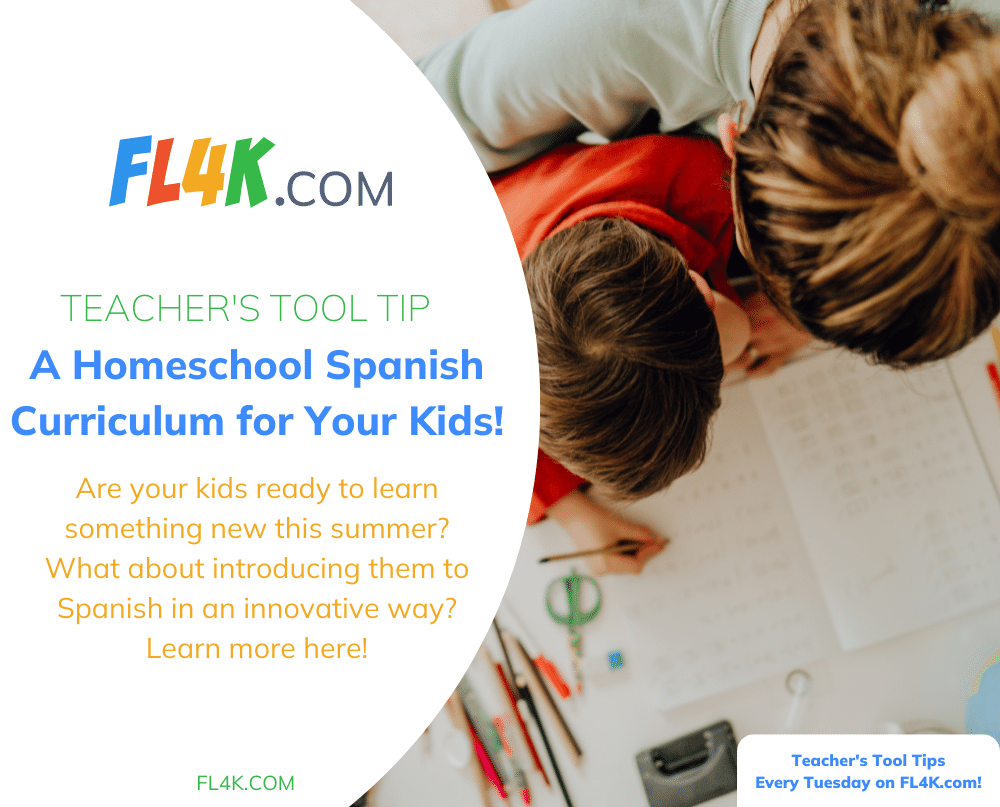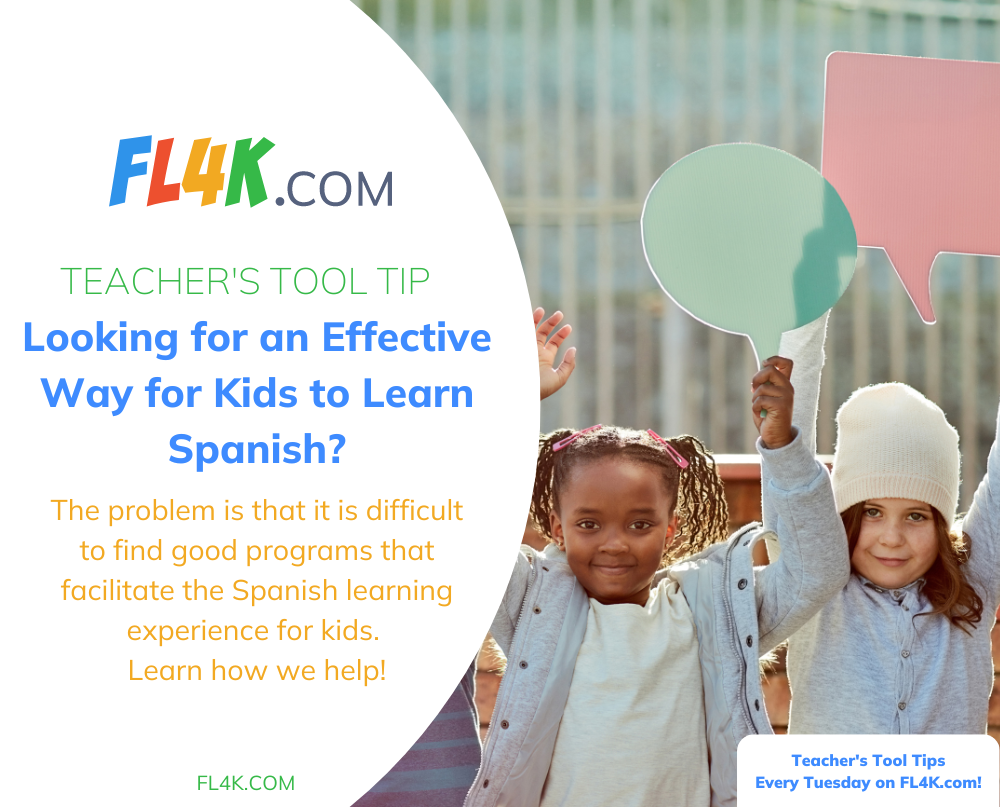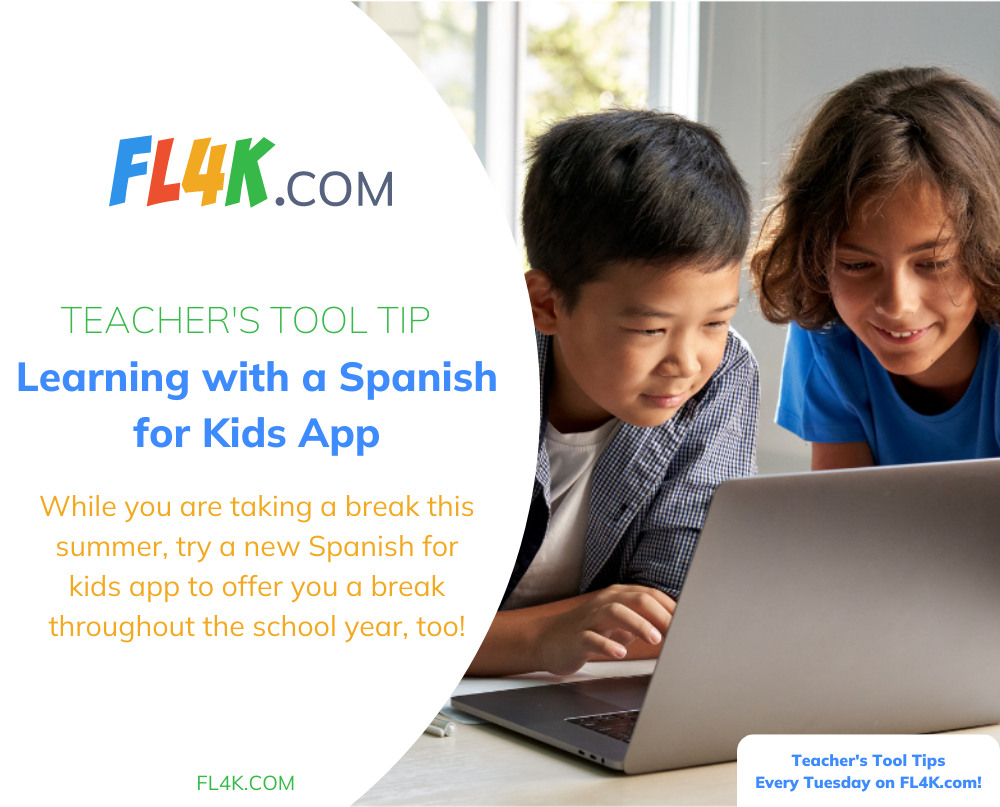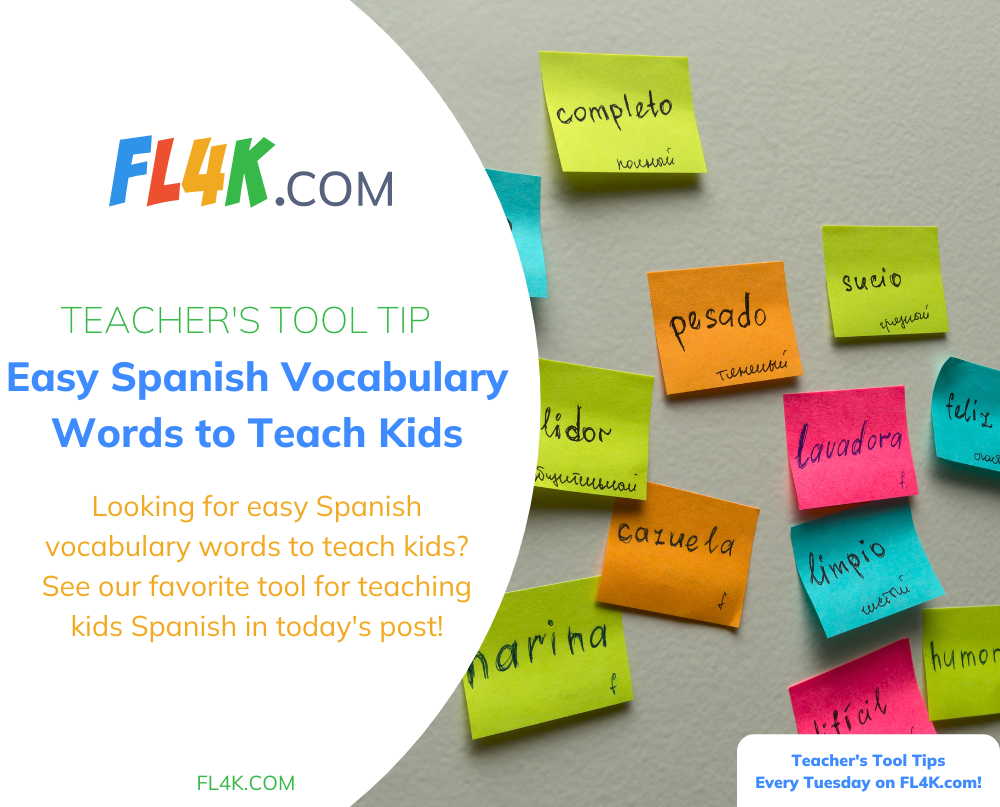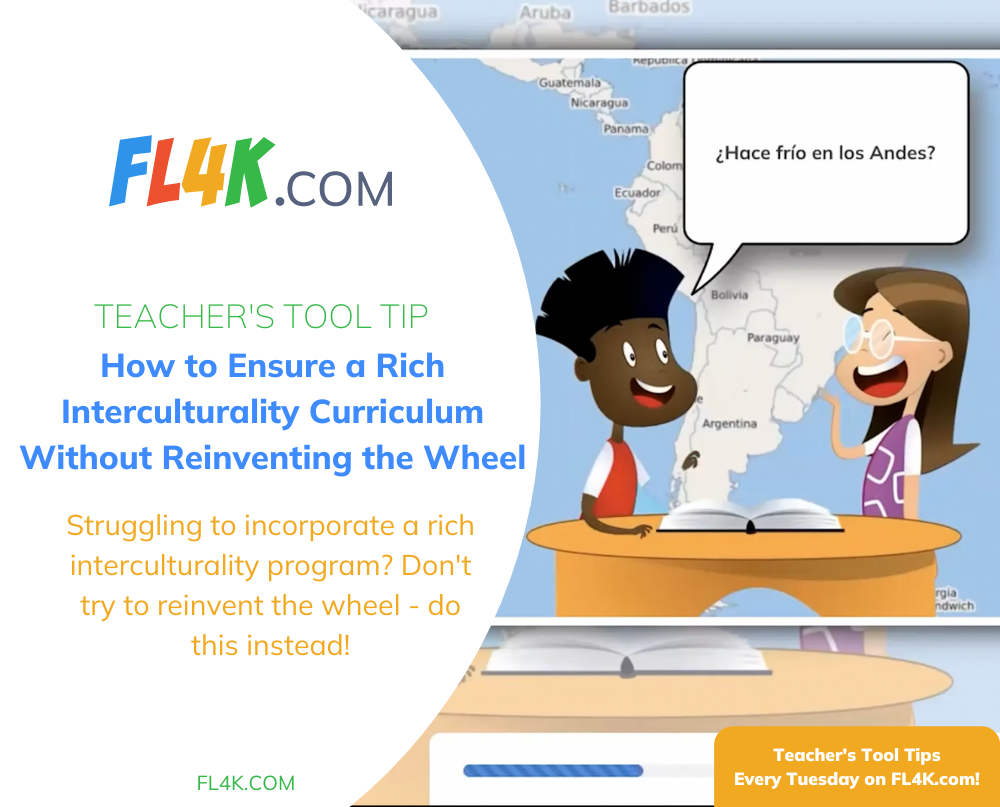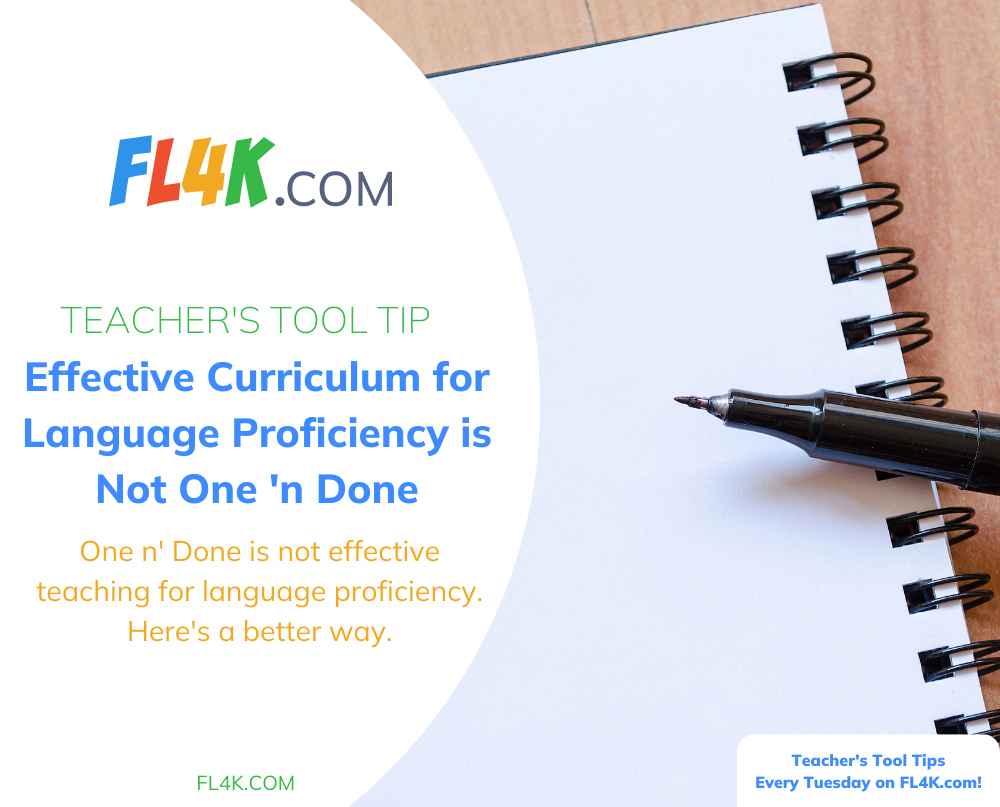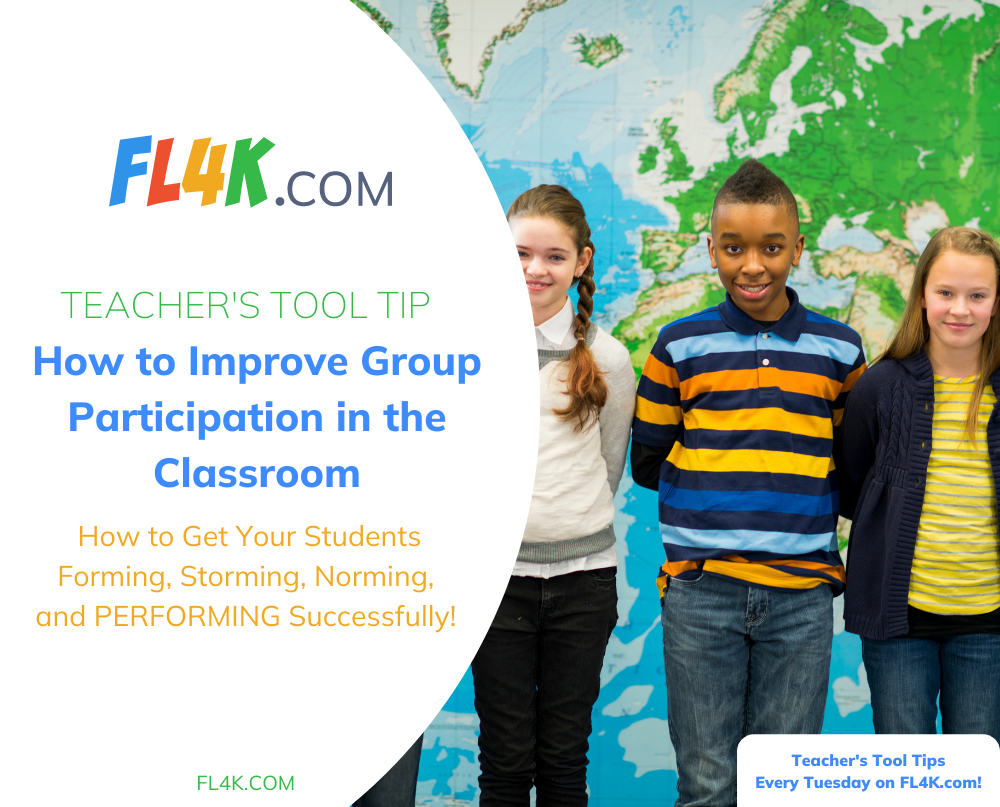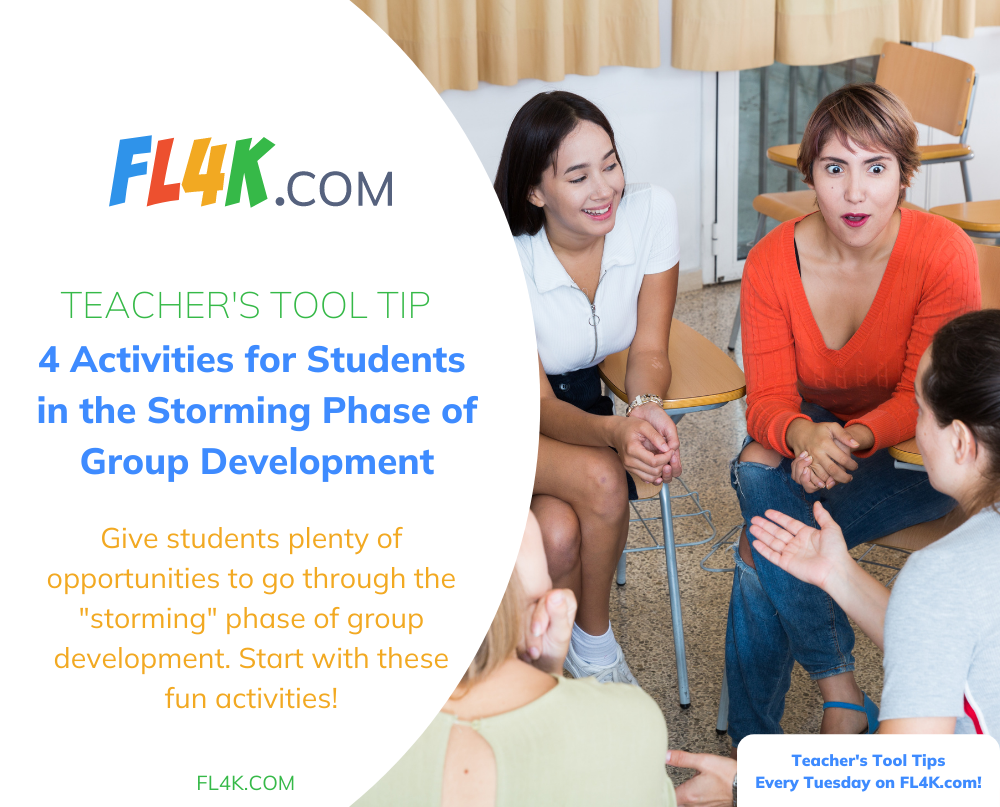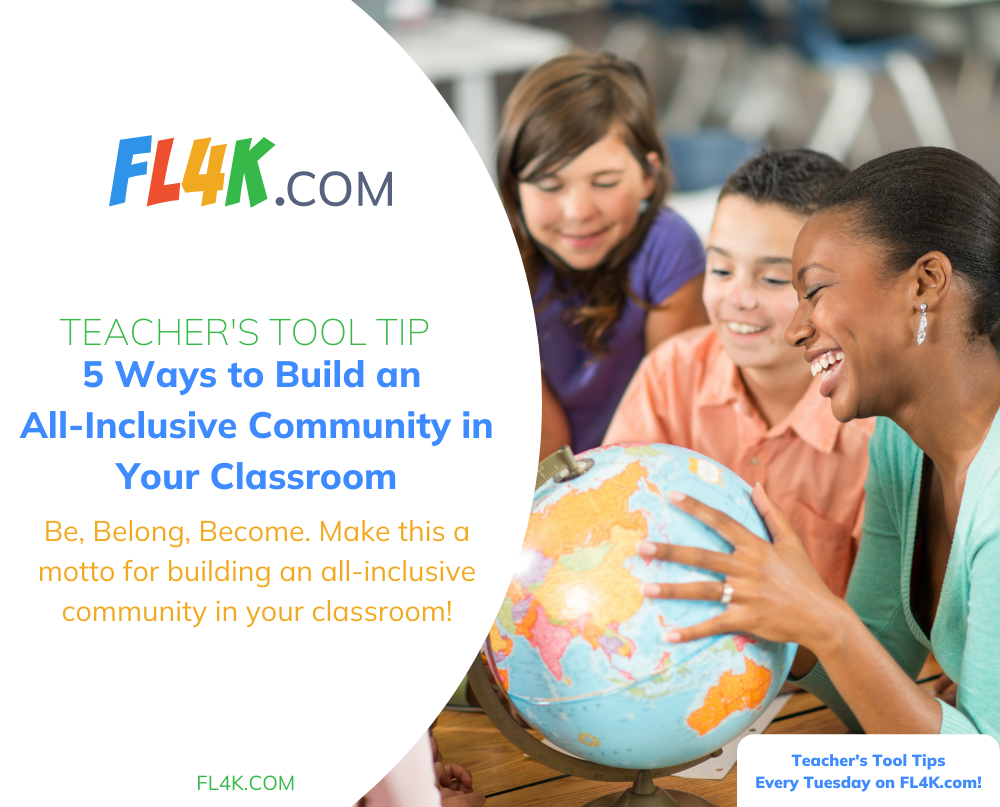Reading Time: 4 minutes
Now that you know the stages of group development: forming, storming, norming, and performing, let’s consider the effectiveness of the curriculum in the language-proficiency-driven classroom.
A long time ago, I used to use a product called, “Once n’ Done” to keep the shiny veneer on my kitchen floor. Well, that’s just what it was, a refresher veneer. I feel like a lot of textbooks promote this kind of teaching, teach the grammar once, have students show off what they know on a quiz or test, and move on, “Once n’ Done.”
This is simply not effective for language acquisition. Just think how many times a young child needs to hear and repeat words and structures before he begins to come up with words on his own. If we are truly going to promote language proficiency in our classrooms we need to guide our students’ language development in very intentional ways that promote language acquisition versus memorization and regurgitation.
Covering a chapter in a book does not typically count toward this end, especially if the book lacks proper scaffolding of vocabulary and structures to offer a sufficient amount of repetition. What is difficult for students learning Spanish are the intricate regular conjugations of verbs and the many irregular ones. If we don’t continually give them the opportunity to converse using these structures, they can’t possibly retain them for practical purposes.
This is why so many students seem to say after several years of studying a language that they can’t speak it. How unfortunate this scenario is when most of us would say that our purpose in teaching a second language is for the real-world use of it.
How can we teach in a way that our students will learn to speak?
When I was subbing for a former colleague this last week, my former Intermediate Low students who are now in Intermediate Mid, rattled off their connectors to me: sin embargo, por eso, mientras que, también, porque, y, etc.
They told me that even when they forget their verb forms, they know these words and can use them effectively to connect sentences. They still seem to be loving Spanish and working every day on SPEAKING.
The subs lesson plans were astoundingly effective in having students SPEAK! They were partnered up conversing about a simple question that they had written a paragraph about the night before.
(¿Eres aventurero/a? ¿Por qué sí o no? ¿Hay otros aventureros entre tus familiares y amigos?)
During this drill, however; they were not using any written words to communicate. They were simply sharing all about this topic with 10-12 different classmates in a speed dating format where students are in two circles and either the inside or outside is moving every 3-4 minutes.
I simply walked around the words listening, interjecting questions, and ensuring that the students were only speaking Spanish. Their current teacher and I were both trained and certified in the Modified Oral Proficiency Interview and we use the tenets of the ACTFL Proficiency Guidelines for Language Acquisition.
These guidelines drive most of what we do with our students! We follow rubrics for the different levels of proficiency that we teach and guide the students in very specific ways. As a result of our MOPI training workshops and certification process, we understand more specifically how to help students build language proficiency skills.
Our rubrics include the following categories as adapted from ACTFL Performance Standards for Language Learners:
- How well do I maintain the conversation?
– the quality of interaction
- What language/words do I use?
– vocabulary in context
- How do I use language?
– function and text type
- How well am I understood?
– comprehensibility
- How well do I understand?
– comprehension
- How intercultural am I?
– interculturality
The rubrics show students how to progress in their language skills. A textbook that shows these “analytic growth rubrics” well is Wayside Publishing, the EntreCulturas series in Spanish and French. While some more traditional teachers find the books lacking in a drill for structure, this textbook series is one of the first that I have seen that truly scaffolds language for proficiency, building in lots of room for speaking and listening practice, practical vocabulary in limited amounts, repetition of structures and intentional focus on interculturality! Check it out. It may be just right for your purposes.
And please check this website out for another amazing way to engage your Gen Z students in a fully intercultural, ACTFL-aligned, proficiency-driven curriculum:
In my first year of retirement after 43 years of teaching Spanish, I am working for a company that is developing a complete state-of-art intercultural language curriculum on a single platform.
Tailored for Elementary and Middle School students the curriculum includes dialogues with recording features, interactive practice questions, games designed specifically for language students (contextualized vocabulary), and a complete leveled (Novice version, Intermediate version, and Heritage speaker version) interculturality program.
The program comprises songs, hands-on activities, polls with real-time results, and discussion questions. For all students, including High School students, we offer a toolkit subscription that includes basic grammar structure and vocabulary games, dialogues, and Instagram-like culture posts that cover the following topics for eight different Hispanic cultures: nature, food, sites of interest, adventure, citizens, geography and climate, global challenges, products, and arts.
The program is customizable and can be adapted for your own curriculum needs. Honestly, I have never seen anything like it on the market and it is astoundingly popular with the students who are piloting the program this year.
This is a company that listens to teachers and tries to develop a curriculum according to what we need that the textbooks aren’t providing to teach students to truly build language acquisition skills for real purposes!
What is “Once n’ Done” in this language curriculum? You will be amazed at the success that your students will have and how much the program will help to de-stress you and your classroom!

